Every week we get Down & Dirty, in which we break down our favorite unique seasonal fruits, vegetables, and more.
Today: We’re escaping winter this month -- in our kitchen at least -- and exploring tropical fruits. Next up, the mango.
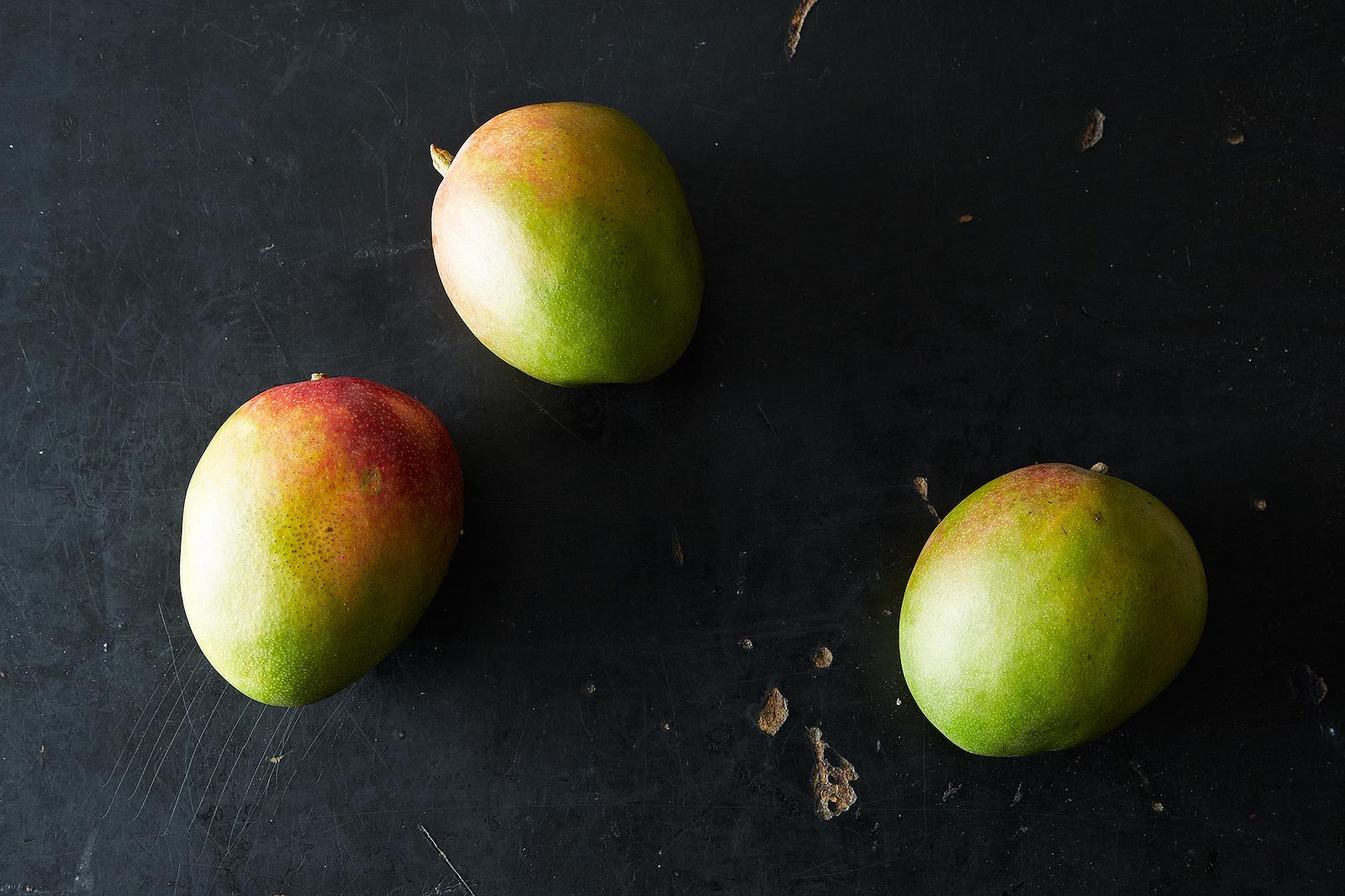
We do grow some mangoes in the U.S., but most of what you’ll find in the grocery store has been imported from another country, and depending on the country, peak season is either in the spring and summer, or the fall and winter. Those seasons overlap -- meaning you can eat mangoes practically year-round. However, unless you’re lucky enough to live someplace where mangoes are grown, what you won’t be doing is eating a large variety of different types of mangoes. We see a limited number of the hundreds of varieties of this fruit, and unlike say, apples, the varieties are rarely labeled, so it can be hard to know what type you’re getting. (The safe bet is Tommy Atkins -- it’s the most common.)
The mango belongs to a family of plants which includes poison ivy, poison sumac, and poison oak, which might seem strange -- unless you’re already familiar with the fact that the oils in mango sap, leaves, stems, and even their skin (2, below) can be seriously irritating for susceptible individuals. If you have history of bad reactions to poison ivy, you could be at greater risk, so take precautions when handling mangoes.
More: Another plant that might rub you the wrong way? Horseradish.
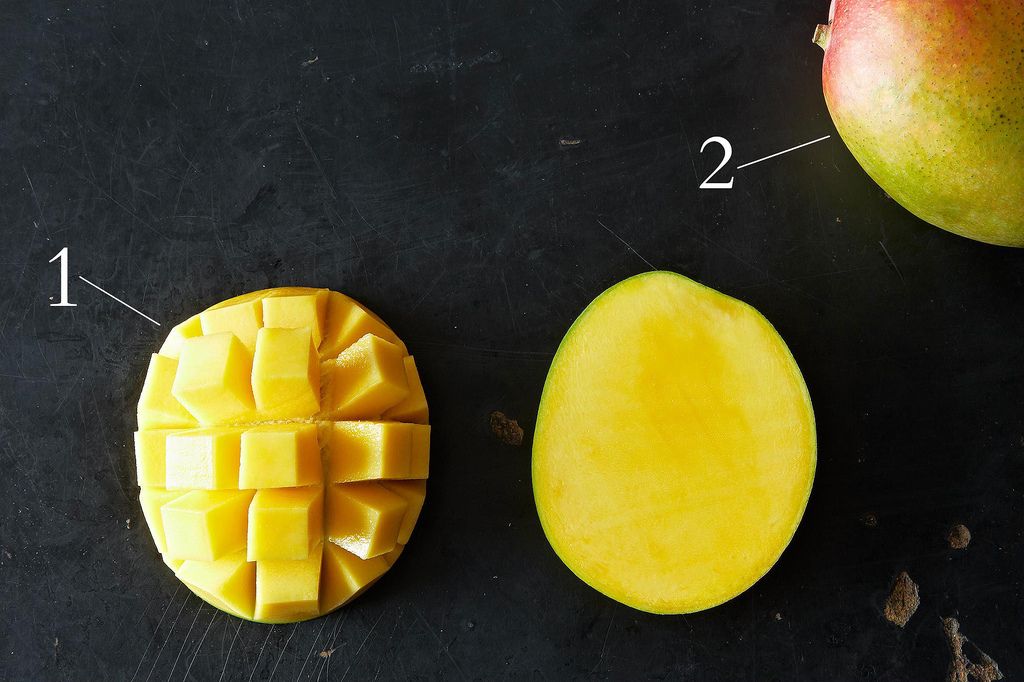
Like some other tropical fruits, mangoes aren’t fond of the cold. They should only go in the refrigerator if they’re fully ripe and you know you aren’t going to get to them for a day or two. If, on the other hand, you need your mango to ripen faster, grab some rice. Not sure how to pick and prep this tricky tropical fruit? We've got you covered. We’re partial to the hedgehog method (1), because hedgehogs are insanely cute, and we like our fruit that way too.
The mango's tropical taste and smooth texture lends itself perfectly to cold soups, icy drinks, and frozen treats. But when the weather has us feeling like popsicles, we turn to mango dishes that are a little less chill-inducing.
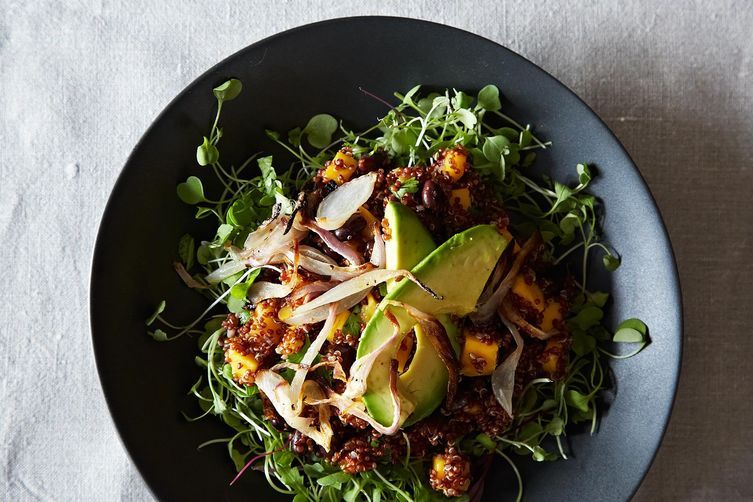

In a Savory Salad
We've said it before, and we'll say it again: Stop relegating fruits to the fruit salad bowl. Bulk up a mango salad with bulgur, quinoa, or rice noodles. Keep it simple with a mango slaw, or enjoy mangoes paired with fennel and fennel frond pesto. Try a chopped salad packed with apples, pears, mango, hazelnuts, and pomegranates.
In a Dessert Designed to Warm You Up
Try brown buttered mangoes foster, a grilled mango sundae, a flaming mango dessert, or rum-spiked roasted caramelized mango. We’re getting warmer already. (The booze probably doesn’t hurt.) For slightly tamer (but no less tasty) mango desserts, go for mango soufflés or dark chocolate bark with chile-spiced mangoes.
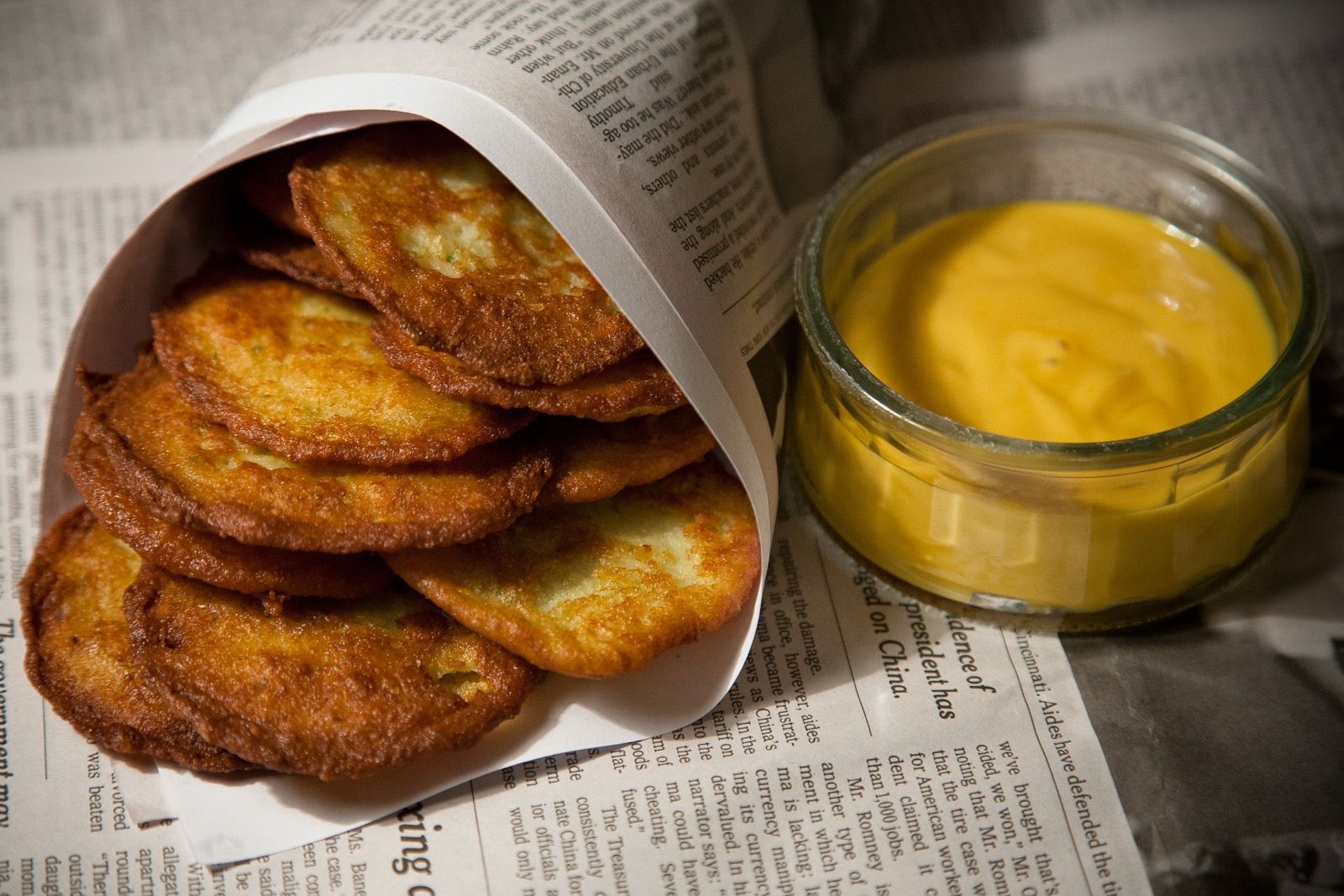
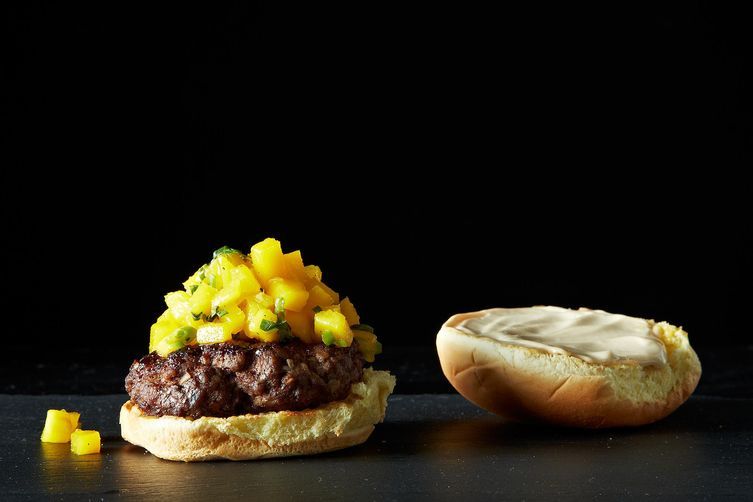
As a Condiment
Take your favorite condiment and then mango-fy it in a mango mustard, mango ketchup, mango mayonnaise, or a mango relish. Use a mango sauce with cardamom and saffron on yogurt or oatmeal, or try this dressing on your salad. Go for mango guacamole, mango pickles, or top a hamburger with a pile of gingery mangoes.
Partial to pickles? Fun fact: For a time, “mango” used to refer to any pickled dish -- one more thing to thank those sailors in Colonial America for -- and even became used as a verb (meaning “to pickle”) in the early 18th century.
Let's bring it back -- tell us what your favorite item "to mango" is in the comments. (Hey, you never know, it could work. After all, it seems like fetch might finally be happening…)
Spicy Shrimp Tortillitas with Mango Mayonnaise photo by QueenSashy, all other photos by James Ransom







See what other Food52 readers are saying.